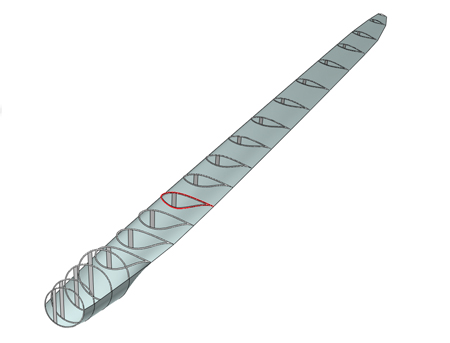A Brief Review of Methods and Requirements
 A consistent trend found in the manufacturing process of utility-size, horizontal-axis wind turbines throughout the years is the steady growth of the rotor diameter, which has led to a decreasing cost of wind energy conversion. However, while power conversion increases with the third power of the wind velocity, the aerodynamically generated noise may scale with the fifth or sixth power of the flow velocity. Thus, the noise associated with the ever-larger rotor diameter and higher local speeds due to increasing tower heights might impose limitations on the size of onshore-bound equipment in the future. This environmental restriction involves structural and material technical challenges already faced by the wind energy industry, which must meet challenging clean energy goals set by countries worldwide in order to fulfil greenhouse gas emissions limitations and global warming temperature limits proposed by the Paris Agreement and other subsequent sessions of the Conference of the Parties of the United Nations.
A consistent trend found in the manufacturing process of utility-size, horizontal-axis wind turbines throughout the years is the steady growth of the rotor diameter, which has led to a decreasing cost of wind energy conversion. However, while power conversion increases with the third power of the wind velocity, the aerodynamically generated noise may scale with the fifth or sixth power of the flow velocity. Thus, the noise associated with the ever-larger rotor diameter and higher local speeds due to increasing tower heights might impose limitations on the size of onshore-bound equipment in the future. This environmental restriction involves structural and material technical challenges already faced by the wind energy industry, which must meet challenging clean energy goals set by countries worldwide in order to fulfil greenhouse gas emissions limitations and global warming temperature limits proposed by the Paris Agreement and other subsequent sessions of the Conference of the Parties of the United Nations.By Joseph Youssif Saab Jr and Alexandre Martuscelli Faria, Brazil
